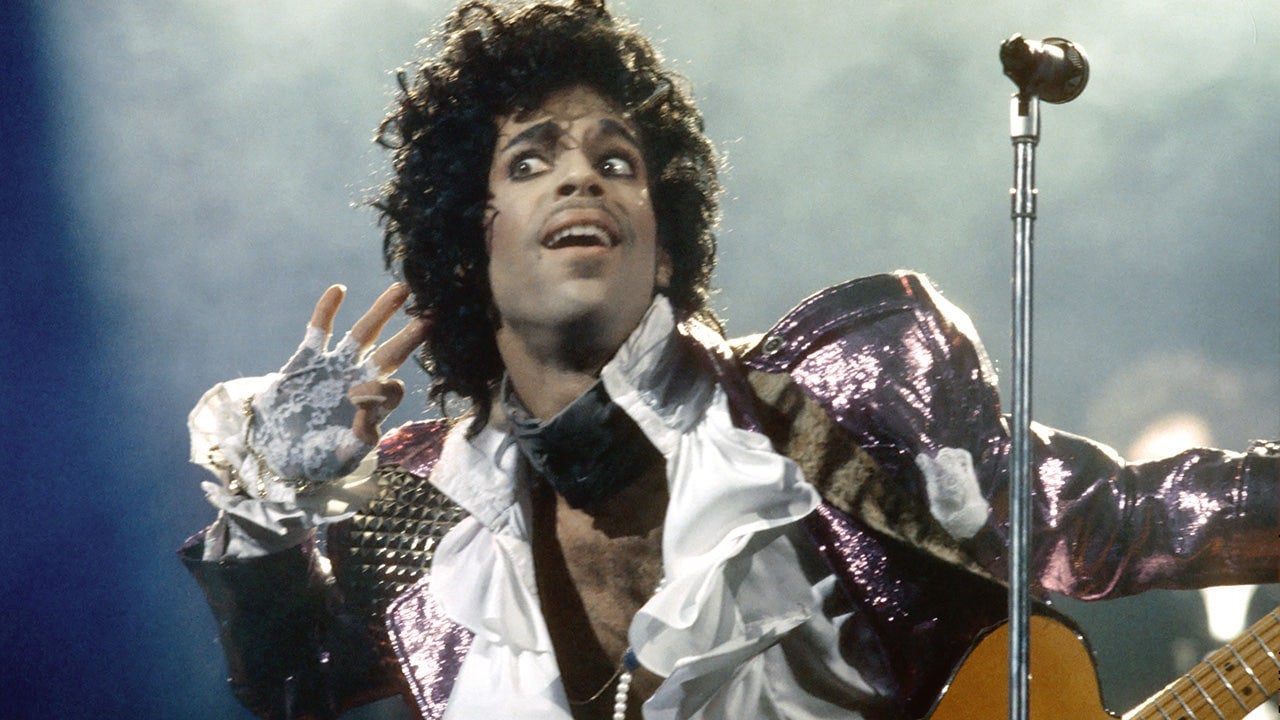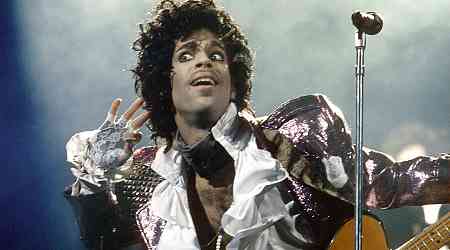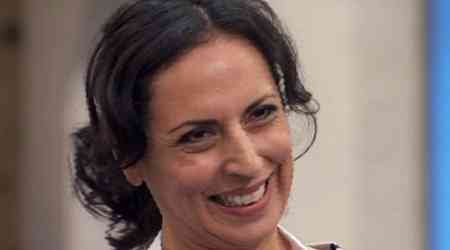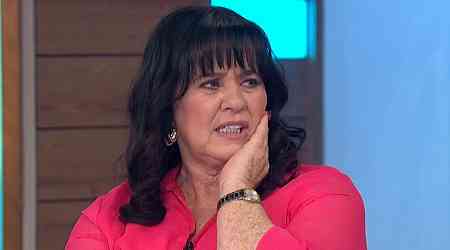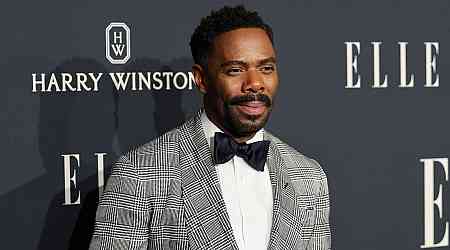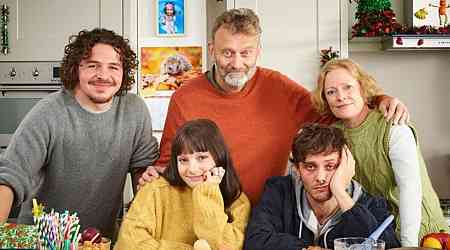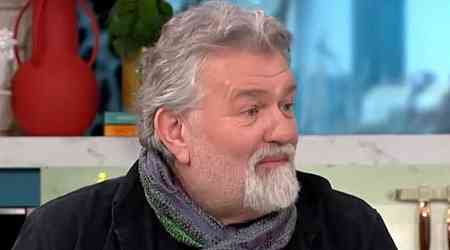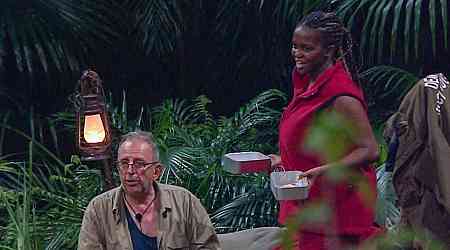Prince's pal recalls befriending late pop superstar in Paisley Park
Steve Parke, Prince’s art director and friend, curated a new photo book on the singer/songwriter, Prince: Icon.
In 1984, Prince recorded a song called "Paisley Park" about a personal utopia – one that became a reality a few years later. And there’s a good reason why the pop superstar never left.
The singer/songwriter, who died there in 2016 at age 57, is the subject of a new photo book, "Prince: Icon." It looks back at his decades-long career through the lens of 17 photographers, from the earliest days in his native Minneapolis to touring the world.
The book was curated by Steve Parke, who was Prince’s art director at Paisley Park for several years.
DAVID BOWIE'S CHILDHOOD FRIEND REVEALS HOW HE KNEW IMAN WAS 'THE ONE'
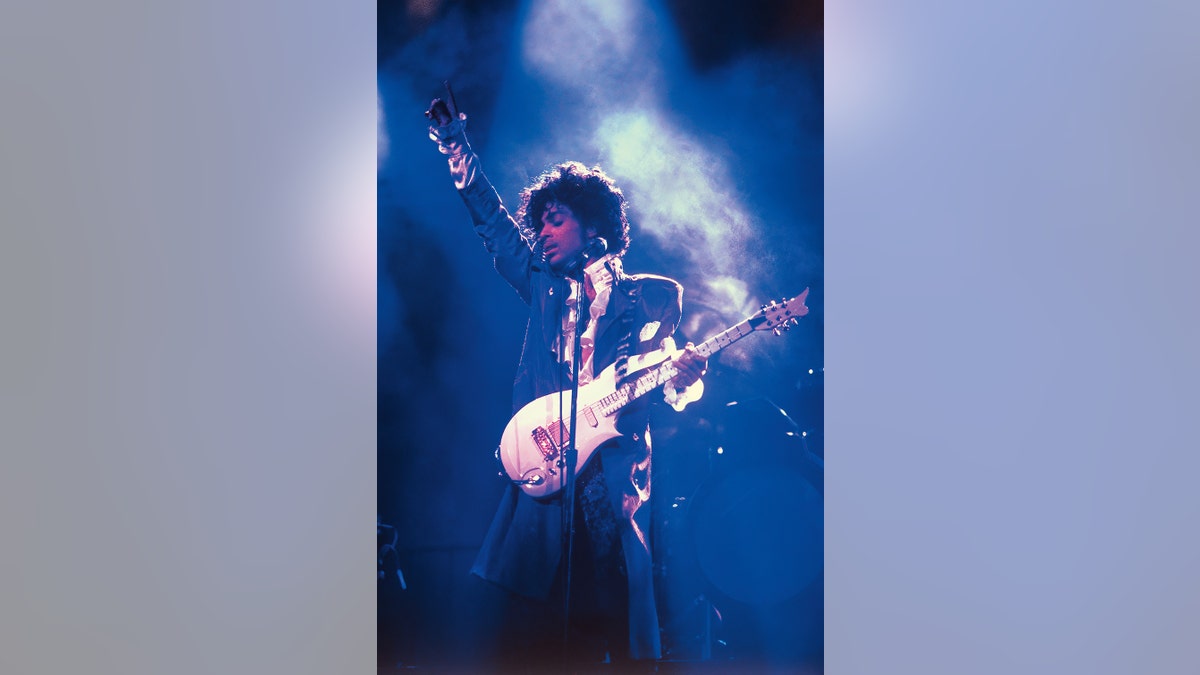
Prince was found dead at his Minnesota home in 2016. He was 57. (Govert de Roos)
"He was comfortable with the area," Parke told Fox News Digital about why Prince chose to stay in Minnesota even after skyrocketing to fame.
"I also think it kept him away from, frankly… you go to a city like New York or LA, there are so many things that would try to pull you out," he shared. "Instead, he wanted to focus on his creative juices in one place instead of hopping around.
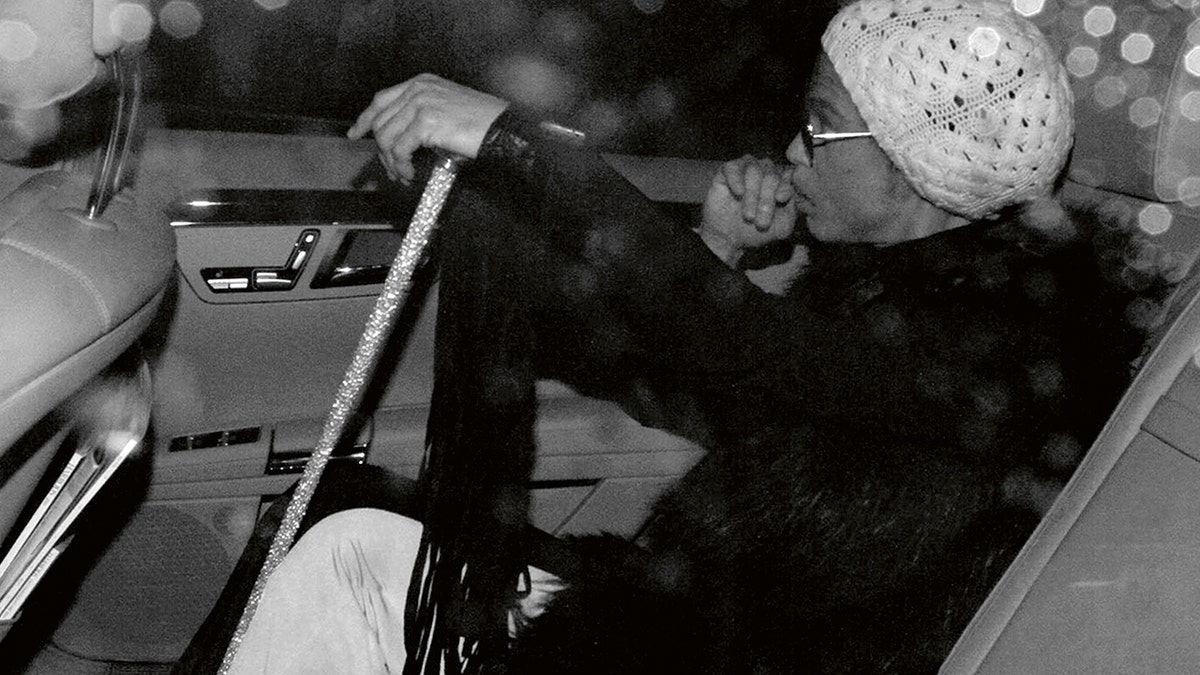
Prince was faced with physical pain in his later years. (Greg Brennan)
"And he could afford to do that… Taking the money he must’ve made… and then investing it in a studio space was… incredible for someone of his age. A lot of people would be like, ‘I’m buying new cars.’ ‘I’m buying this.’ ‘I’m going to do this.’"
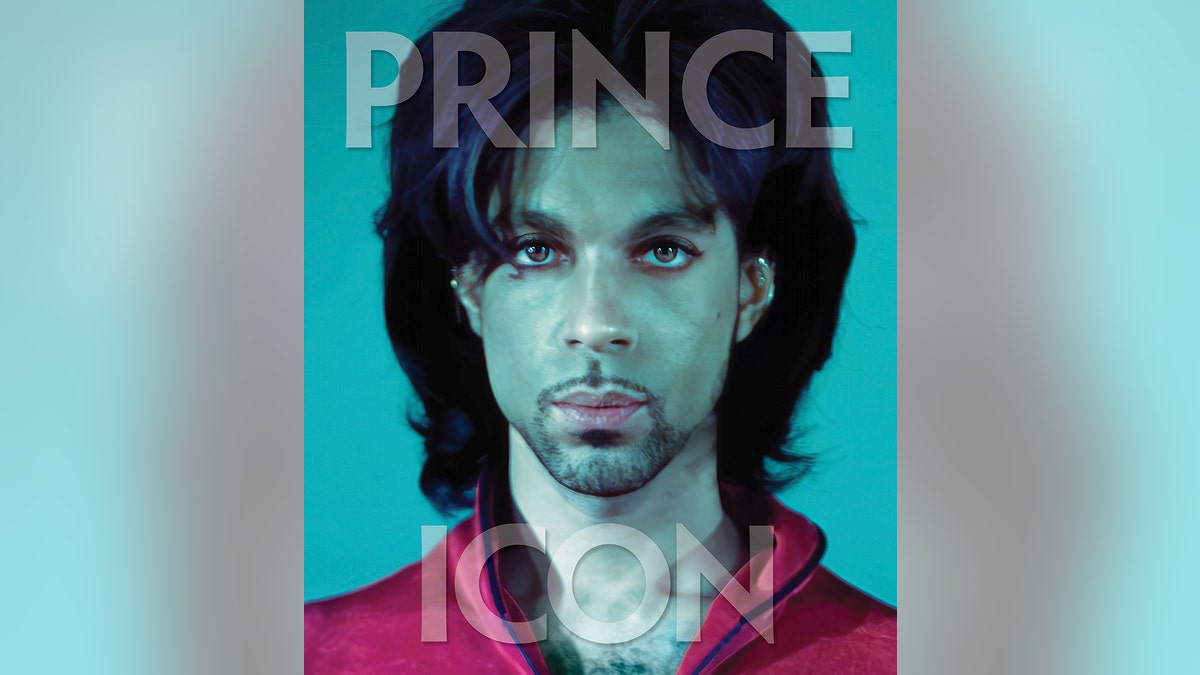
"Prince: Icon," curated by Steve Parke, is available now. (ACC Art Books)
"He invested in himself, which I think is pretty incredible," Parke continued. "And I do think that that was what it came down to – investing in himself, being comfortable in the area, and also knowing he wasn’t going to have a lot of temptation to go out.
"It’s not that he didn’t… but I think it’s a different level in some cities, especially with other famous people… people can get to you… I think he wanted to… put himself purposely away from that."

According to reports, it's unclear when Prince moved into Paisley Park. What's certain is he never left. (Greg Helgeson)
In 1987, Prince built a 65,000-square-foot, $10 million recording complex in Chanhassen, Minnesota, that he called Paisley Park, the New Yorker reported.
CLICK HERE TO SIGN UP FOR THE ENTERTAINMENT NEWSLETTER

Paisley Park in Chanhassen, Minnesota. (Carlos Gonzalez/Star Tribune via Getty Images)
According to the outlet, it was intended to be a commercial facility, but by the end of the 1990s, it had stopped accepting outside clients.
The outlet noted it’s unclear when Prince began living there, but he wanted to create a "self-contained dominion" where he could enjoy "total control" as an artist.
"He invested in himself, which I think is pretty incredible. And I do think that that was what it came down to – investing in himself, being comfortable in the area, and also knowing he wasn’t going to have a lot of temptation to go out."
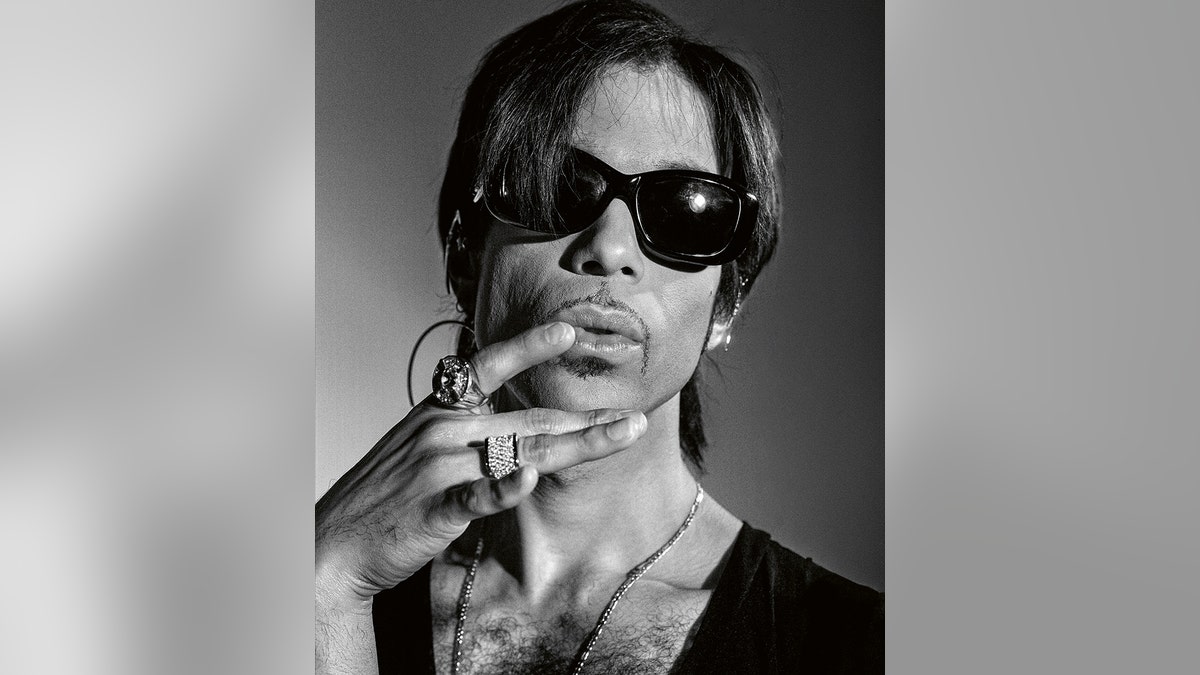
The singer, songwriter, arranger and instrumentalist drew upon musicians ranging from James Brown to Jimi Hendrix to the Beatles, creating a gender- and genre-defying blend of rock, funk and soul. (Steve Parke)
"When I first started there, it was a recording studio for anybody," Parke explained. "Anybody could book the time there. I saw MC Hammer and his crew walking in one day because they’d been rehearsing there… And then, over time, he started booking all the studios."
WATCH: PRINCE'S PAL RECALLS BEFRIENDING LATE POP SUPERSTAR IN PAISLEY PARK
"He would book so much of the time and the rehearsal space, the sound stage, that he would just have it all locked up. It became a place not anybody [could] try and book," Parke pointed out.
"One of my experiences out there was when they were filming ‘Grumpier Old Men,’" said Parke. "Ann-Margret was in that film. I must’ve been 25. And this woman was walking towards me… She was still very beautiful… And she’s like, ‘Have you seen that dear sweet boy Prince?’ I’m like, ‘No.’ And then I’m like, ‘Oh my God, you’re Ann-Margret!’"

Ann-Margret, circa 1995. (Harry Langdon/Getty Images)
Parke also recalled receiving a pager from Prince – it was an era of beepers. The star said he needed to meet Parke at a shopping center downtown.
LIKE WHAT YOU’RE READING? CLICK HERE FOR MORE ENTERTAINMENT NEWS
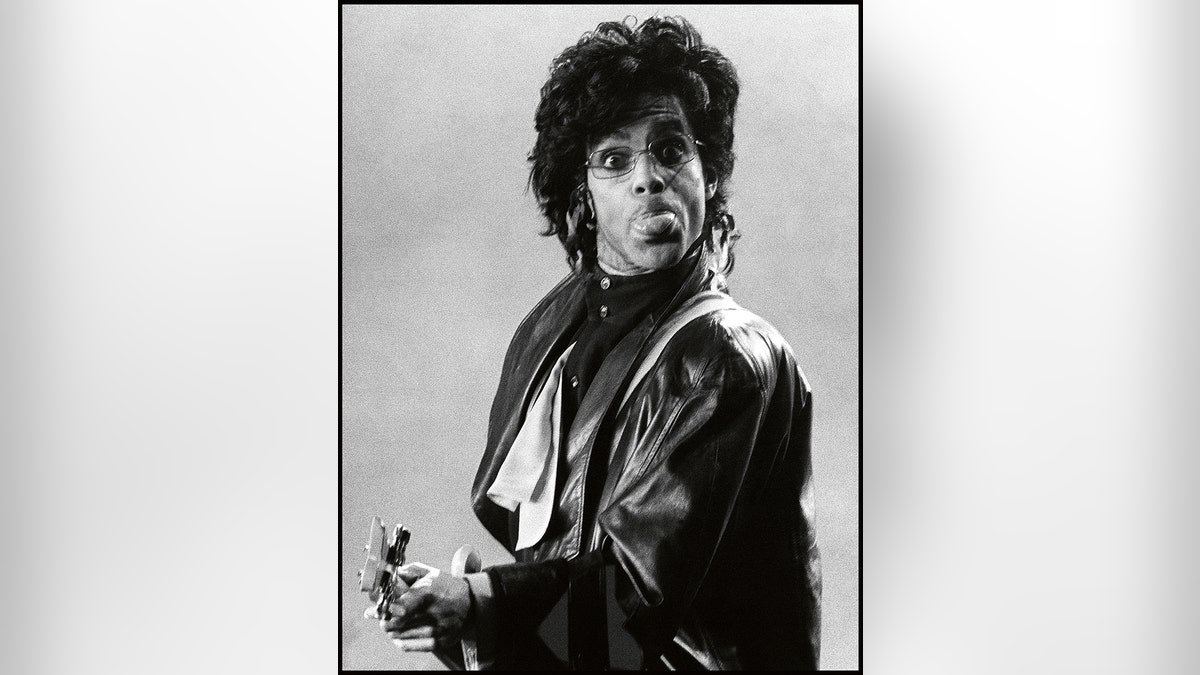
Prince was fiercely private, but he slowly opened up to Steve Parke. (Robert Risko)
"Prince shows up, and he’s got a couple of his bodyguards with him," said Parke. "He’s in a mall, a public space. And yet people were just like, ‘Hey Prince.’ They weren’t going crazy about it. They acknowledged his presence, but it wasn’t too bad there."
And finding privacy outside the spotlight was easy in Minnesota, said Parke.
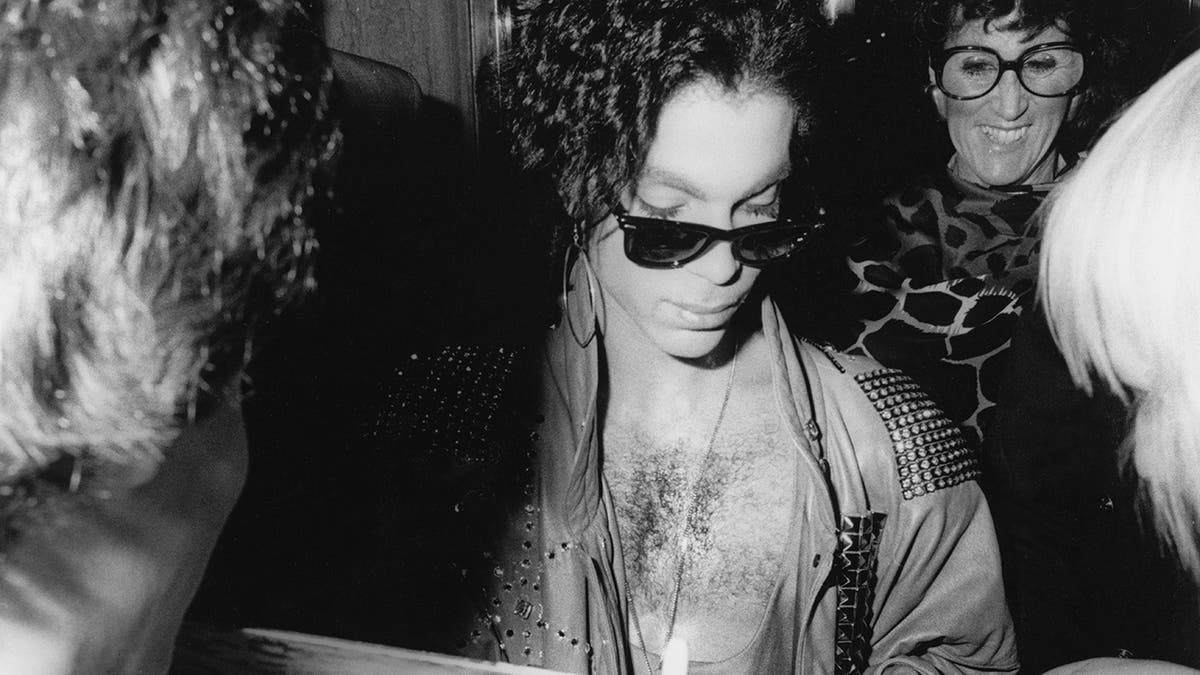
Prince signs autographs for fans outside the Plaza Hotel in New York City, circa 1980s. (Vinnie Zuffante/Getty Images)
"He would rent out a whole movie theater late at night or a bowling alley," Parke chuckled. "… He was comfortable in Minneapolis… And that’s how it was in Paisley Park. He had a comfort level with everyone there… When they weren’t rehearsing, they cracked jokes back and forth. It felt very much like a family."
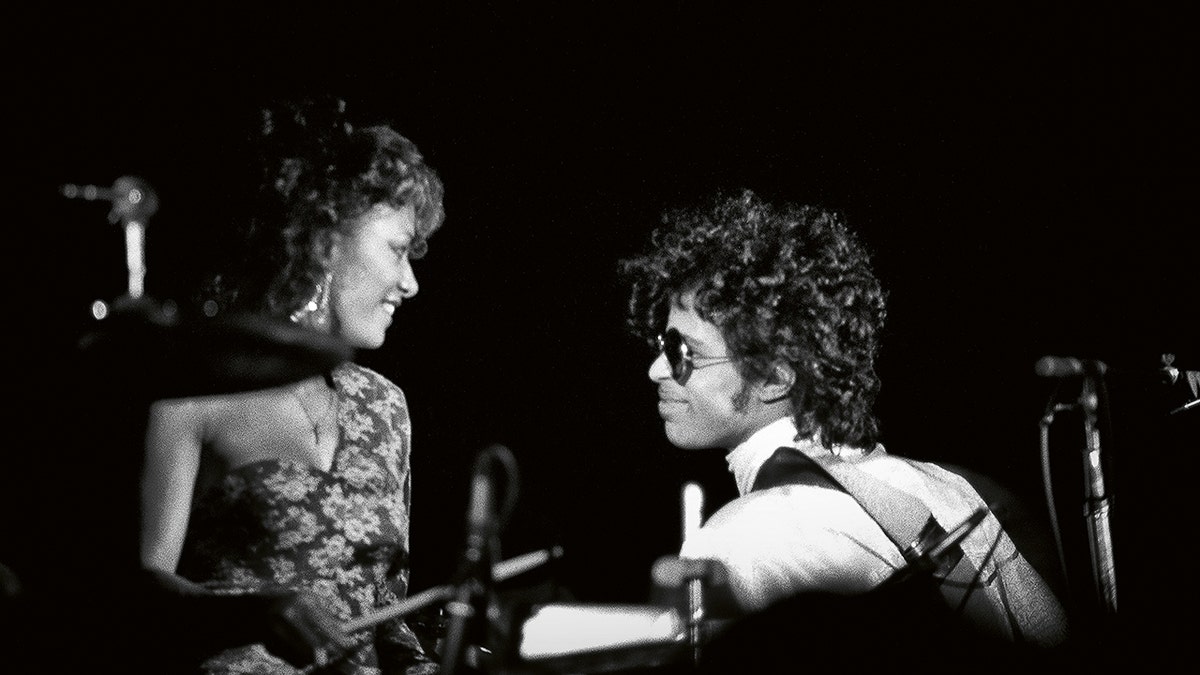
Prince with one of his muses, Sheila E, in Minnesota. (Greg Helgeson)
Cities like New York or Los Angeles just didn’t faze Prince, Parke insisted.
"I remember someone picked me up to take me out to Paisley Park," he said. "Back then, I just saw cornfields… And then there was this big, boxy-looking building, very ‘80s style with a little pyramid glass on top where the light came in. I’m like, ‘What is this?’ I thought it was going to be in a big city. You just expect that. But I think he liked being someplace where he had more privacy and wasn’t right in the hub of everything, so he could focus."
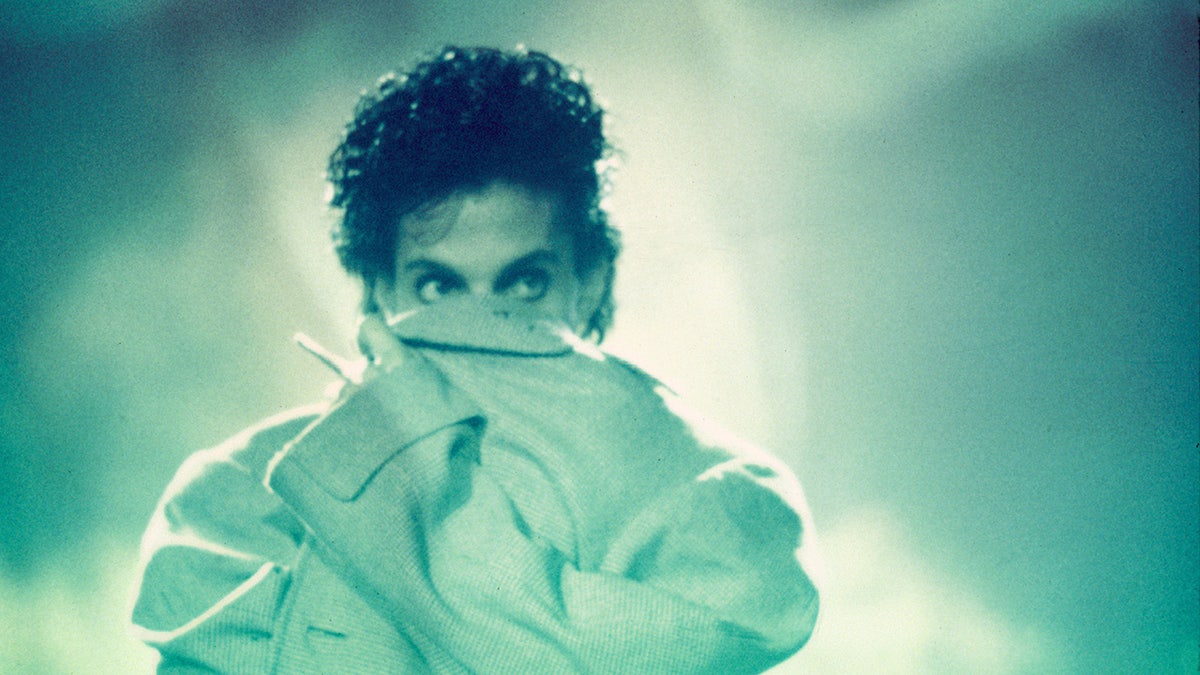
The Minneapolis native, born Prince Rogers Nelson, stood just 5 feet, 2 inches – yet he made a powerful visual impact at the dawn of MTV. (Solomon NJie/Getty Images)
"But that was a shock to me," Parke admitted. "I just didn’t expect it to be in the middle of nothing at the time. Now, it’s grown… around the area… It was his home, but it was also so much more."
CLICK HERE TO GET THE FOX NEWS APP
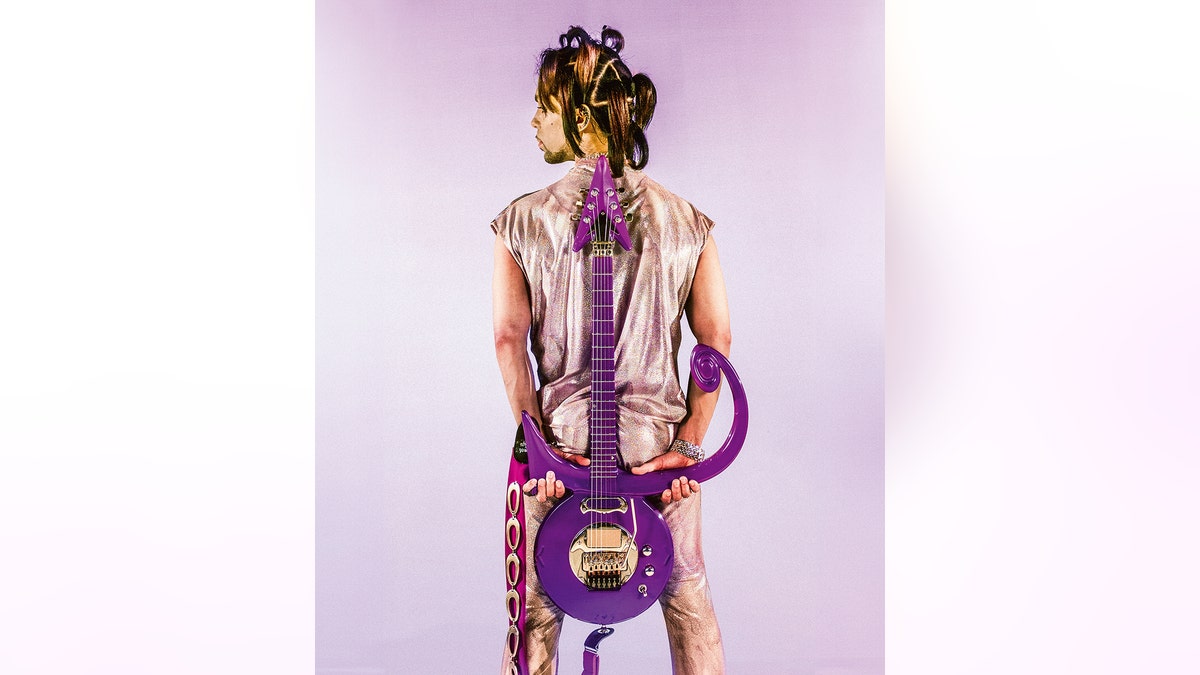
Steve Parke told Fox News Digital that Prince was excited to be a father. (Steve Parke)
On Valentine’s Day 1996, Prince married dancer Mayte Garcia. Not long after, the couple learned they were going to be parents. Before their son was born, they named the child Amiir – Arabic for "prince."
"I joke about the fact that the controversial thing he did [at that time] was wear sweaters," said Parke. "For Prince, that’s weird. That’s what people don’t expect… He was far more relaxed. If you worked for him, you knew the hours you were going to be pulling.
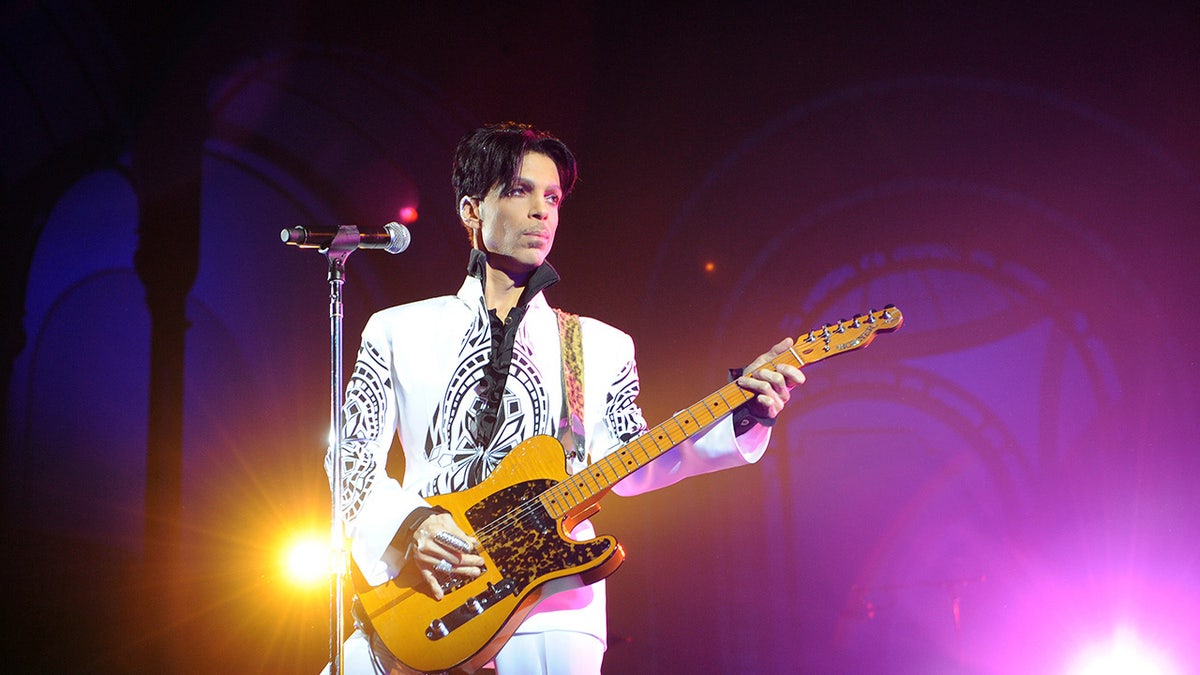
Prince was fiercely protective of his independence, battling his record company over control of his material and even his name. Anxious to get out of his contract with Warner Bros., he identified himself by a key-like symbol with an unpronounceable name. (Bertrand Guay/AFP via Getty Images)
"And I remember very distinctly one night… it was probably 9 o’clock at night, which is the morning or midday for him… And all of a sudden, I hear him start yawning… And he goes, ‘We should probably wrap it up.’"

Prince was one of the most inventive and influential musicians of modern times, with hits including "Little Red Corvette," "Let’s Go Crazy" and "When Doves Cry," among others. (Steve Parke.)
"I’m like, ‘What?’" said Parke. "… I do think he was trying to find a compromise in his work schedule… just thinking about having a kid… He was starting to back off on that insane schedule."
The baby was born in October of that year with Pfeiffer syndrome type 2, a rare genetic disorder. He lived just six days.
In her 2017 memoir, Garcia wrote she had a miscarriage two years later. The couple divorced in 2000.
SEX SYMBOL BRIGITTE BARDOT LEFT THE SPOTLIGHT BECAUSE SHE’D ‘HAD ENOUGH': AUTHOR
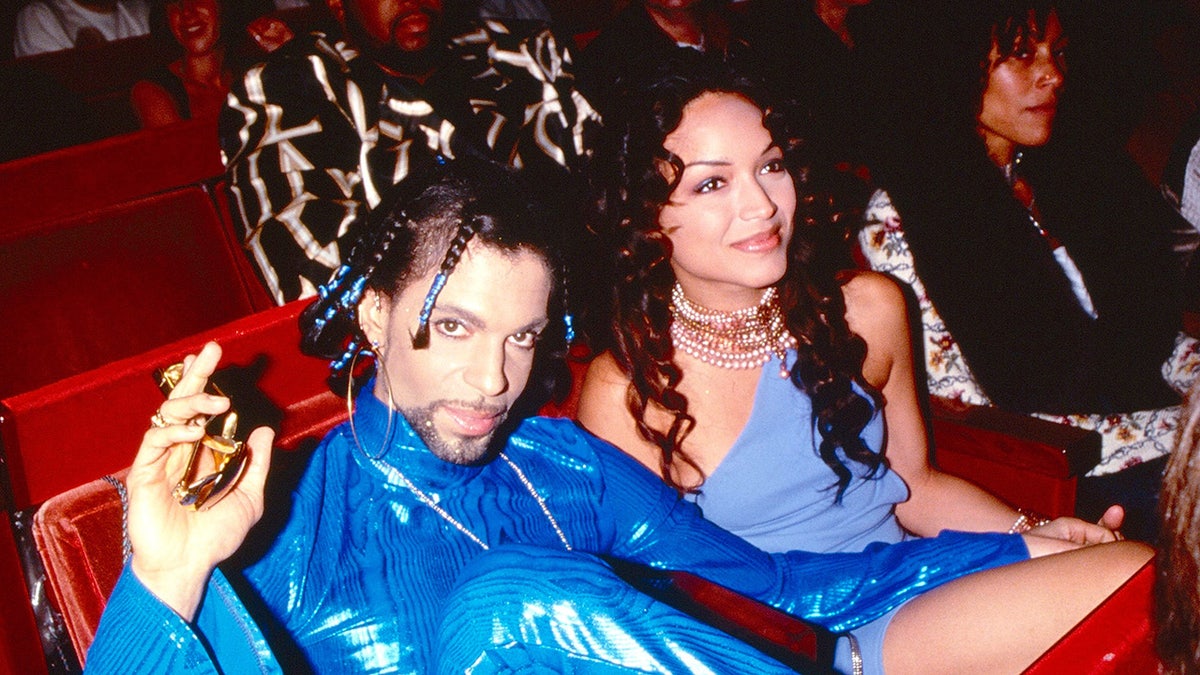
Prince and Mayte Garcia were married from 1996 to 2000. (Kevin Mazur/Getty Images)
Prince was 57 when he was found alone and unresponsive in an elevator at his Paisley Park studio compound. An autopsy found he died of an accidental overdose of fentanyl.
Authorities say it is likely Prince didn’t know he was taking the dangerous drug, which was laced in counterfeit pills made to look like a generic version of the painkiller Vicodin.

Prince’s records sold more than 100 million copies. He won seven Grammys and received an Academy Award in 1985 for his music from "Purple Rain," the movie in which he starred as a young musician. (Michael Ochs Archives/Getty Images)
Parke admitted he didn’t handle his pal’s death very well. Today, he likes to remember the glimpses he witnessed of the fiercely private star.
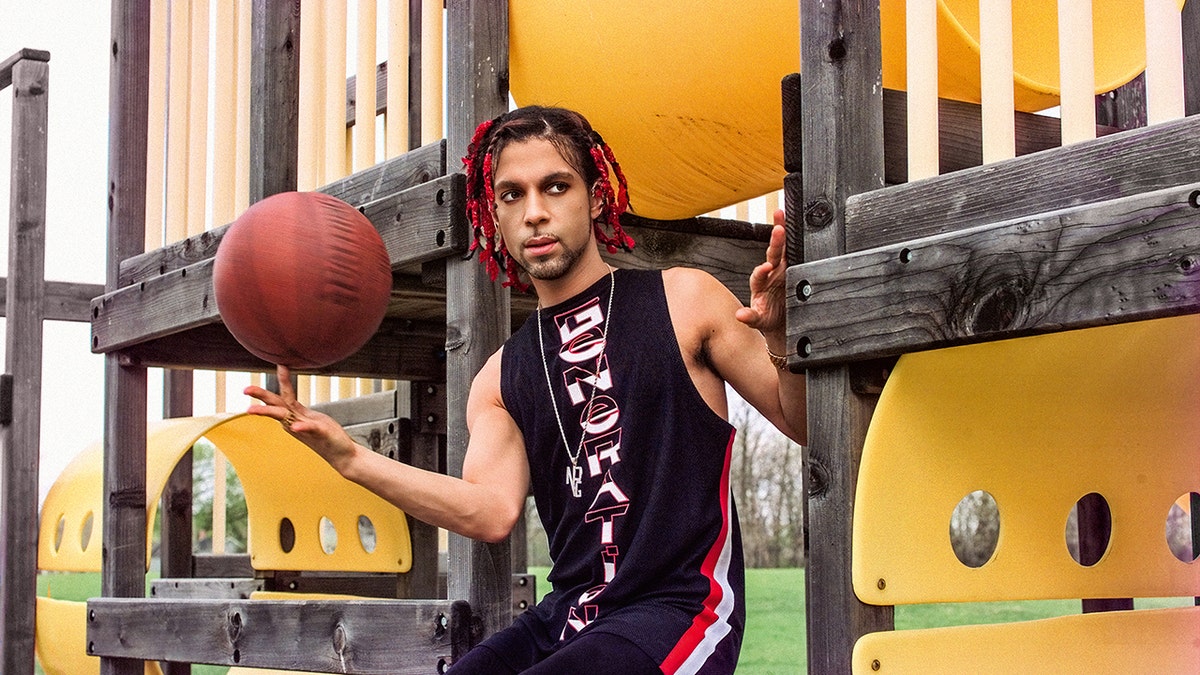
Steve Parke photographed Prince while the star was playing basketball. (Steve Parke)
"It was fun watching him play basketball," said Parke. "When I got out there in 1988, I saw him play a full game with some of his friends from the city."
"… I also remember when I was working with him, he said, ‘Hey, come downstairs, we’re working on something,'" Parke reflected. "You would see him in a soundproof room. He’d wave me in and there he was, in the middle of a guitar riff, just talking to me… Eventually, he would play music that he was working on.
"… I later found out from his engineers that he didn’t do that. He barely did that for the other musicians… I just thought it was a reward if you did a good job… But I think he felt at peace there."
The Associated Press contributed to this report.


















